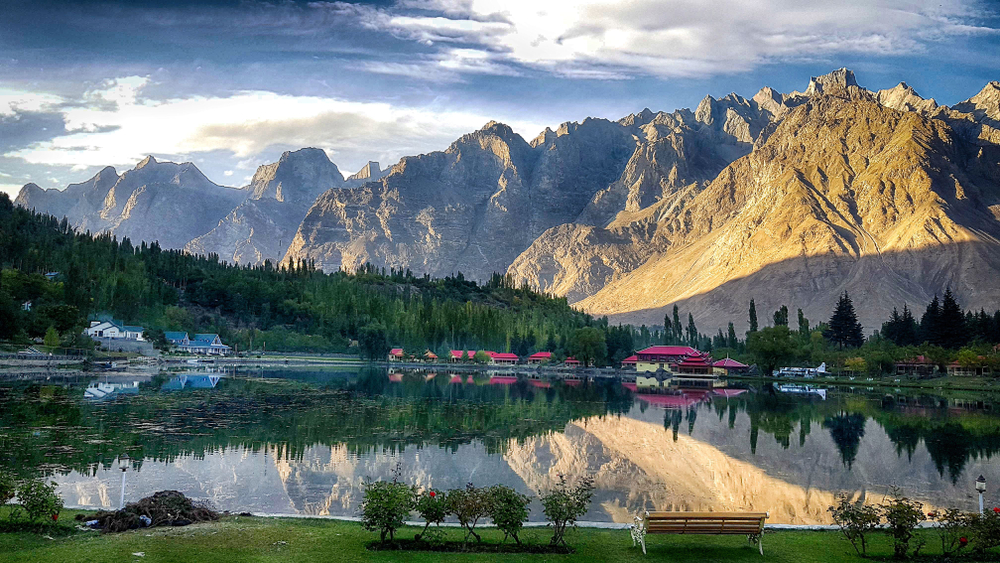
By: Hasan Ashraf
Time: 1-2 weeks would fit most of it.
Biryani in Karachi
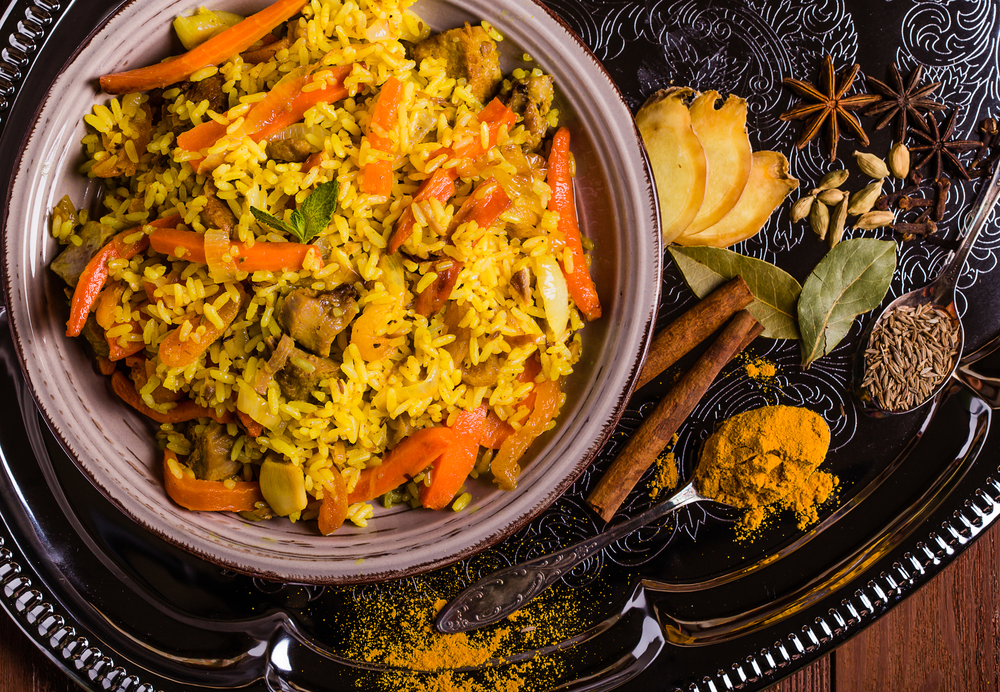
If you are traveling to Pakistan, it is advisable to start your travel from Karachi. Karachi is famous for its cuisine but among that the best thing you could ever taste is a good Biryani.
Frere Hall in Karachi

A British colonial-era building intended to be used as a town hall but currently serves as an exhibition place and a monumental building of Karachi. Frere Hall was built in the Venetian-Gothic style that also blends elements of British architecture with local architectural elements, surrounded by lush-green grass garden.
Makli Necropolis

It is one of the largest funerary sites in the world, spread over an area of 10 kilometres near the city of Thatta. The site was inscribed as a UNESCO World Heritage Site in 1981. The graves are built in the Chaukhandi style, which incorporates slabs of sandstone that were carefully carved by stonemasons into intricate and elaborate designs.
Noor Mahal in Bahawalpur
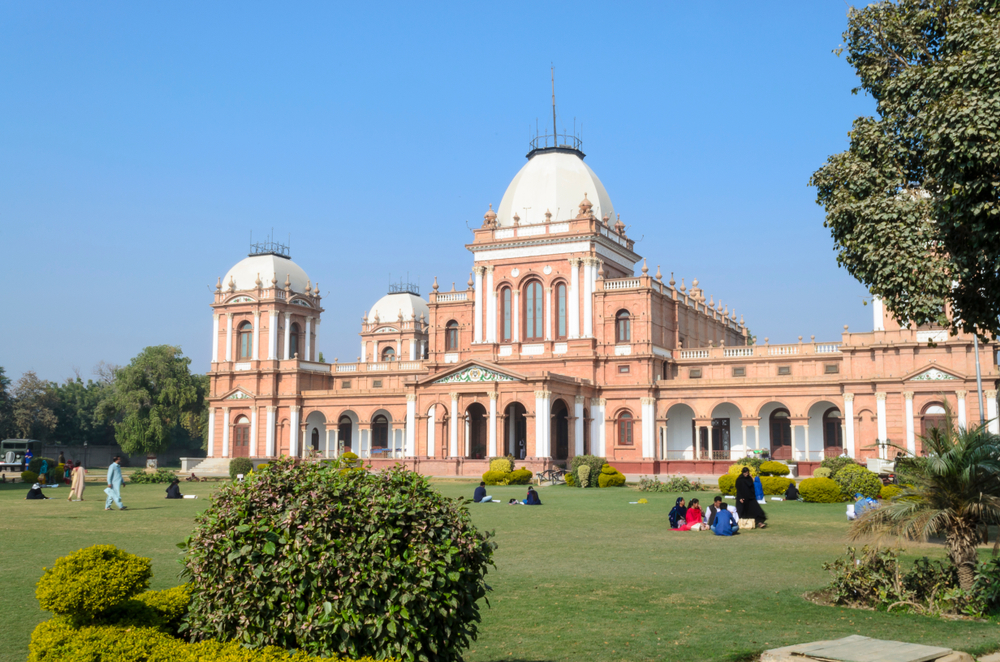
One of the palaces of the Nawabs of Bahawalpur, built in 1872. It is now a museum that contains artifacts from the princely state of Bahawalpur.
Badshahi Mosque in Lahore
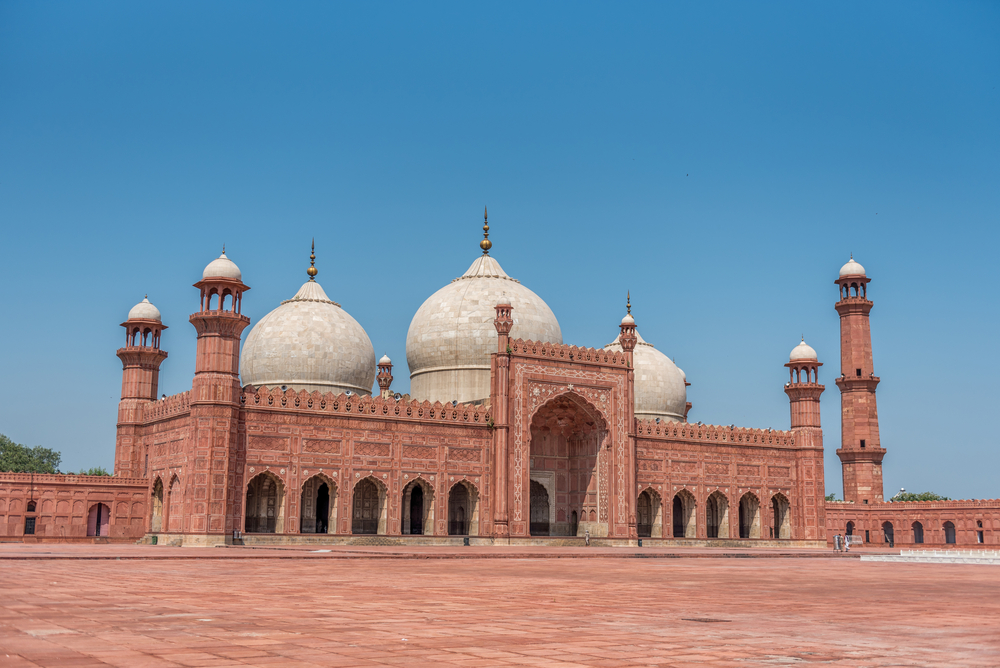
The Badshahi Mosque is a Mughal era mosque, built by Emperor Aurangzeb in 1671. It is widely considered to be one of Lahore’s most iconic landmarks.
Shalimar Bagh in Lahore
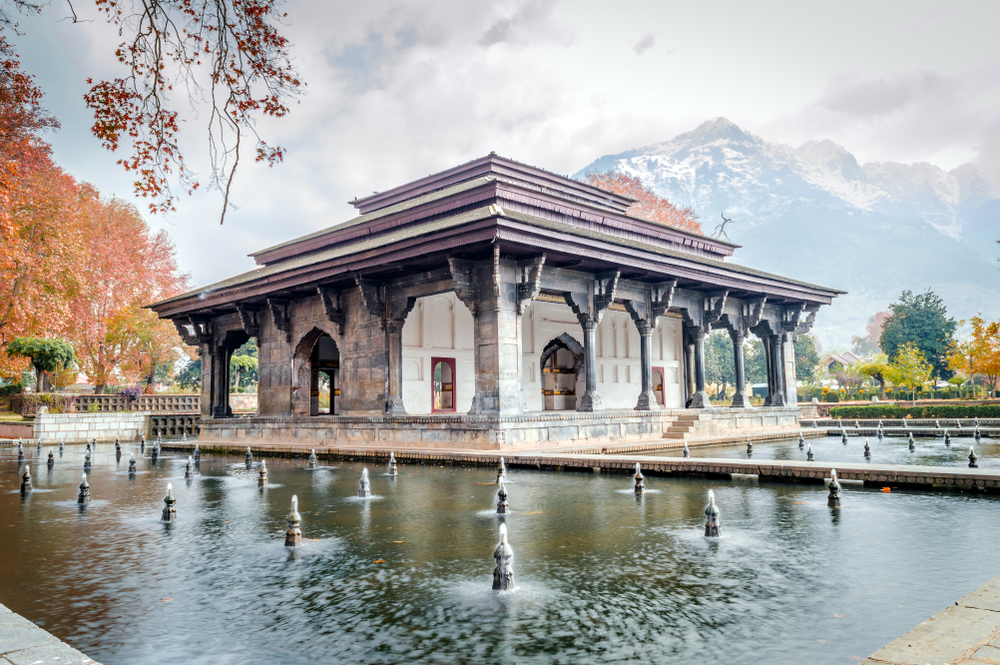
A garden complex when the Mughal Empire was at its artistic and aesthetic zenith. It was laid out as a Persian paradise garden intended to create a representation of an earthly utopia in which humans co-exist in perfect harmony with all elements of nature. In 1981, it was declared to be a UNESCO World Heritage Site.
Lahore Fort
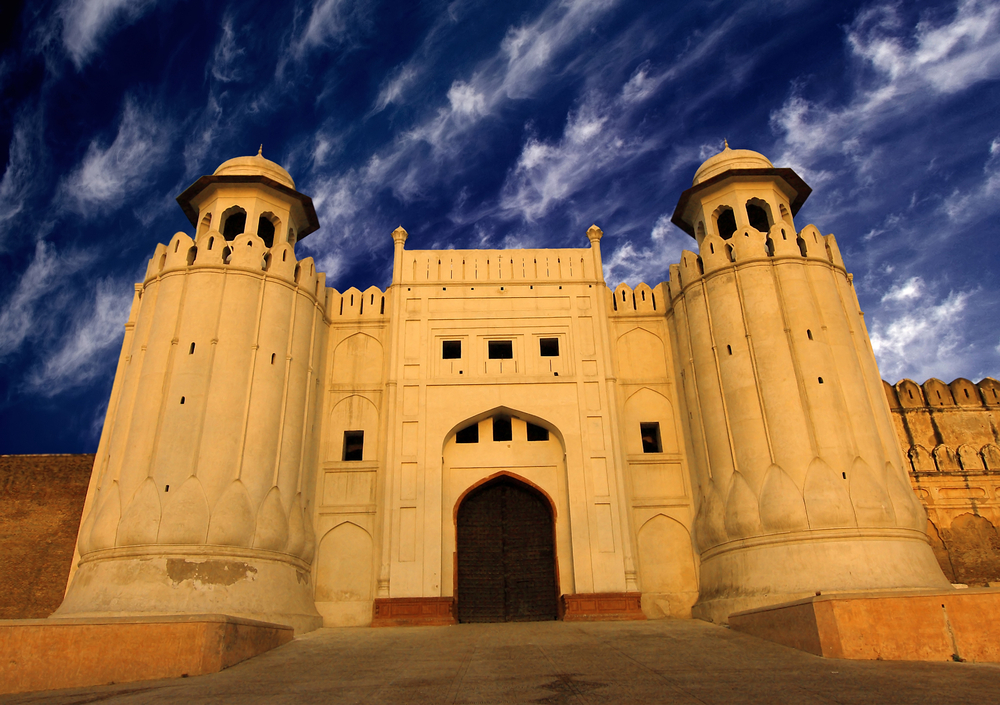
A citadel from the Mughal-era, in the city of Lahore that spreads over an area greater than 20 hectares. The foundations of the modern Lahore Fort date to 1566 during the reign of Emperor Akbar, who bestowed the fort with a syncretic architectural style that featured both Islamic and Hindu motifs. The fort was later expanded and developed by later emperors. After the fall of the Mughal Empire, Lahore Fort was used as the residence of Emperor Ranjit Singh, founder of the Sikh Empire.
Clock Tower of Faisalabad
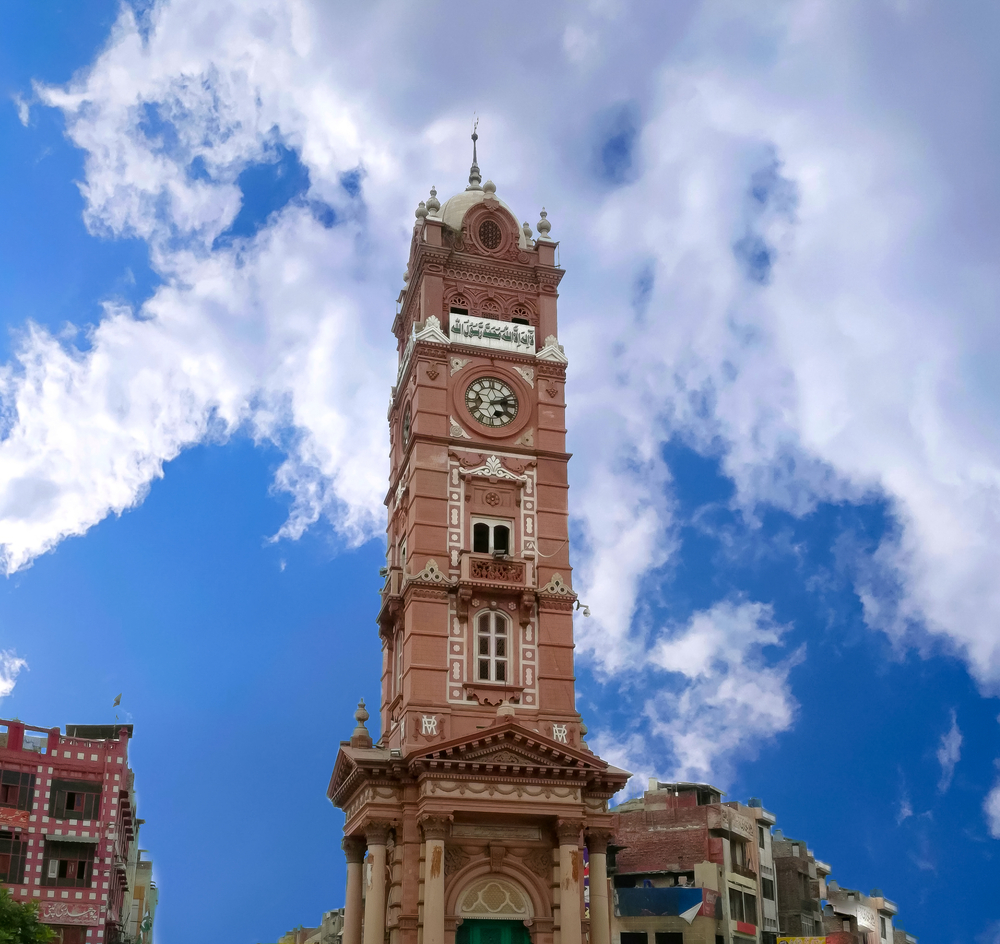
It is one of the oldest monuments still standing in its original state from the period of the British Colonial-era. The clock tower is placed at the center of the eight markets that from a bird’s-eye view look like the Union Jack flag of the United Kingdom.
Faisal Mosque of Islamabad
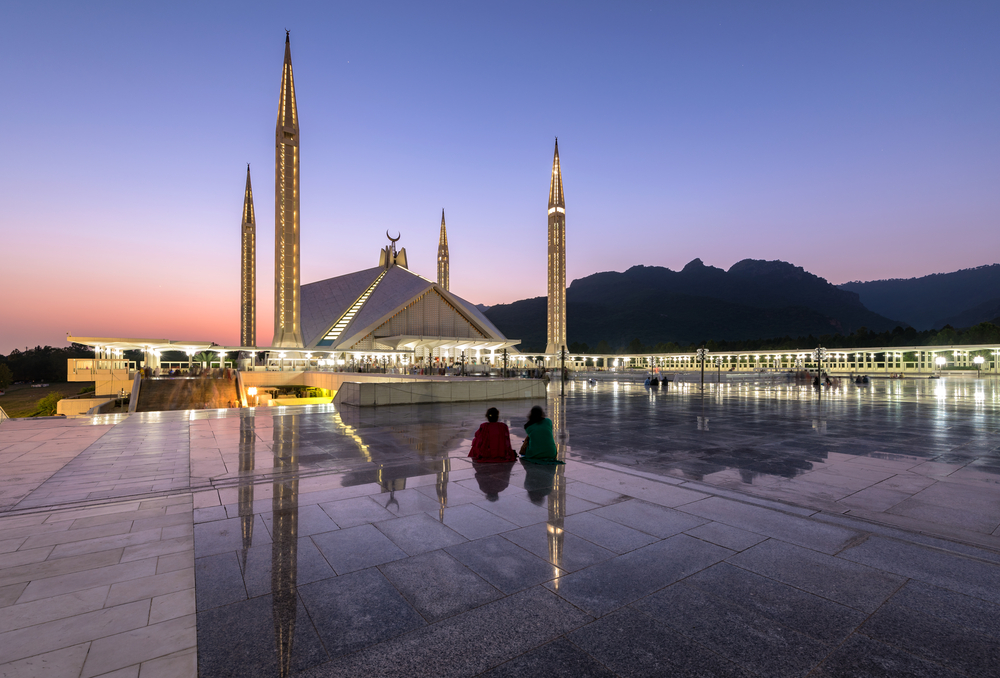
It is the largest, as well as its National mosque of Pakistan. It is located on the foothills of Margalla Hills. The mosque features a contemporary design consisting of eight sides of concrete shell and is inspired by a Bedouin tent. It was funded by the Saudi King Faisal but designed by a Turkish architect Vedat Dalokay.
Pakistan Monument, Islamabad

A national monument and heritage museum located on the western Shakarparian Hills in Islamabad, the capital of Pakistan. The monument was constructed to symbolize the unity of the Pakistani people. It is adjoined by a museum, which includes a wax museum depicting important events leading to the Pakistan Movement.